Enter the Rave Continuum
|PHILLIP PYLE
“First thing I look for at raves: who needs it.” McKenzie Wark, Raving
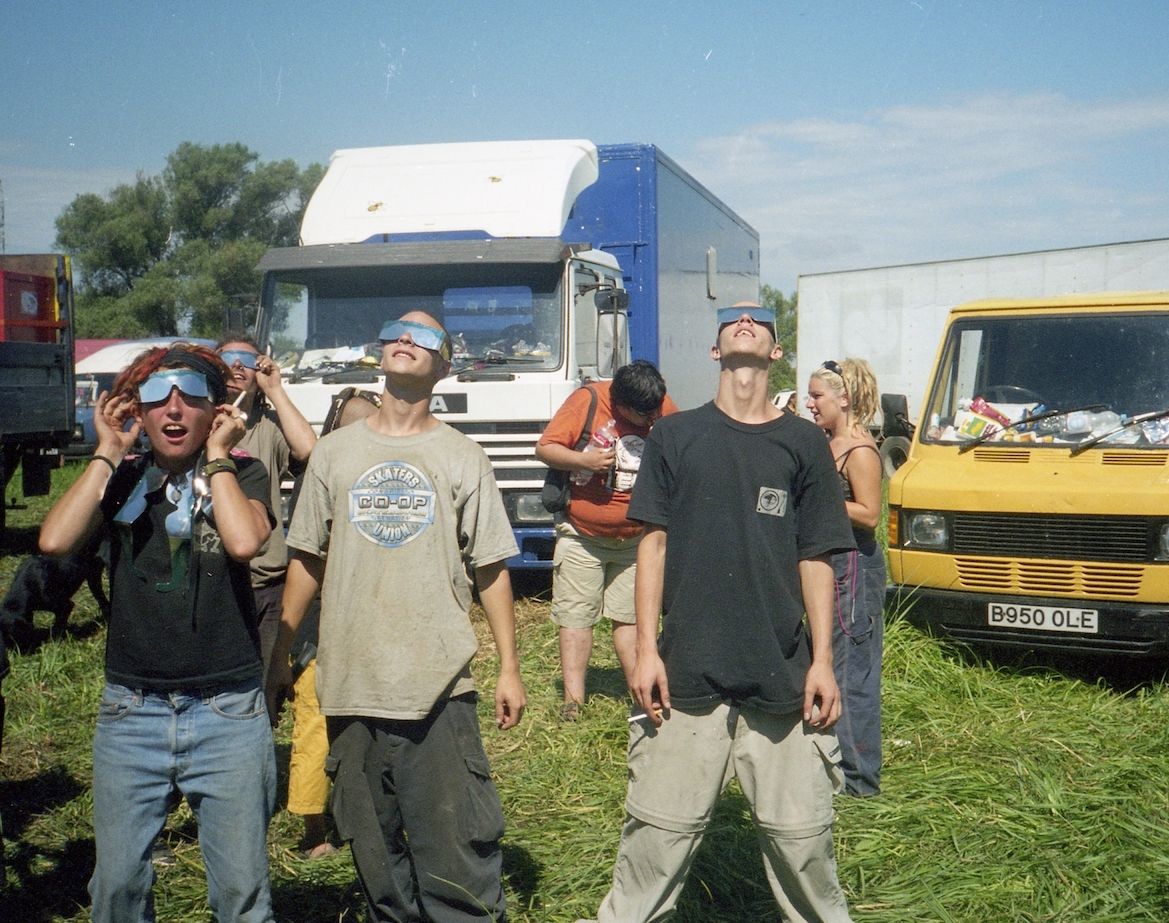
Having initially taken photos at raves in the 1990s and early noughties as a way to aid memory, artist Seana Gavin now sees that those same photographs hold a symbolism beyond the personal. Primarily revolving around her time traveling with the Spiral Tribe sound system across the UK and Europe, they have an almost elegiac quality and carry the detritus of forgotten memories, the faces of those who have passed, and friendships that have faded.
Gavin first publicly showed these photos at galeriepcp in Paris in 2019, then published them in the book Spiralled in 2020. They contain the indelible mark of someone who wasn’t merely a viewer or occasional participant, but part and parcel of that world, and now feel as relevant as ever. With illegal rave culture returning to many cities during the initial Covid-19 lockdowns, Gavin’s photographs also shine a light on the resilience of counterculture—a force that broke through the strictest of governmental mandates during the first year of the pandemic.
Currently on view alongside Gavin’s diary entries at a show at gallery46 in London entitled “Hidden Tracks: A Decade of Free Parties,” Gavin’s photographs are being shown in the country where Gavin became a “Spiral Baby” for the first time. Phillip Pyle spoke with Gavin about the relationship between her rave photography and collage-based art practice, UK hip-hop nights, and why most of her photos were taken in the daytime.
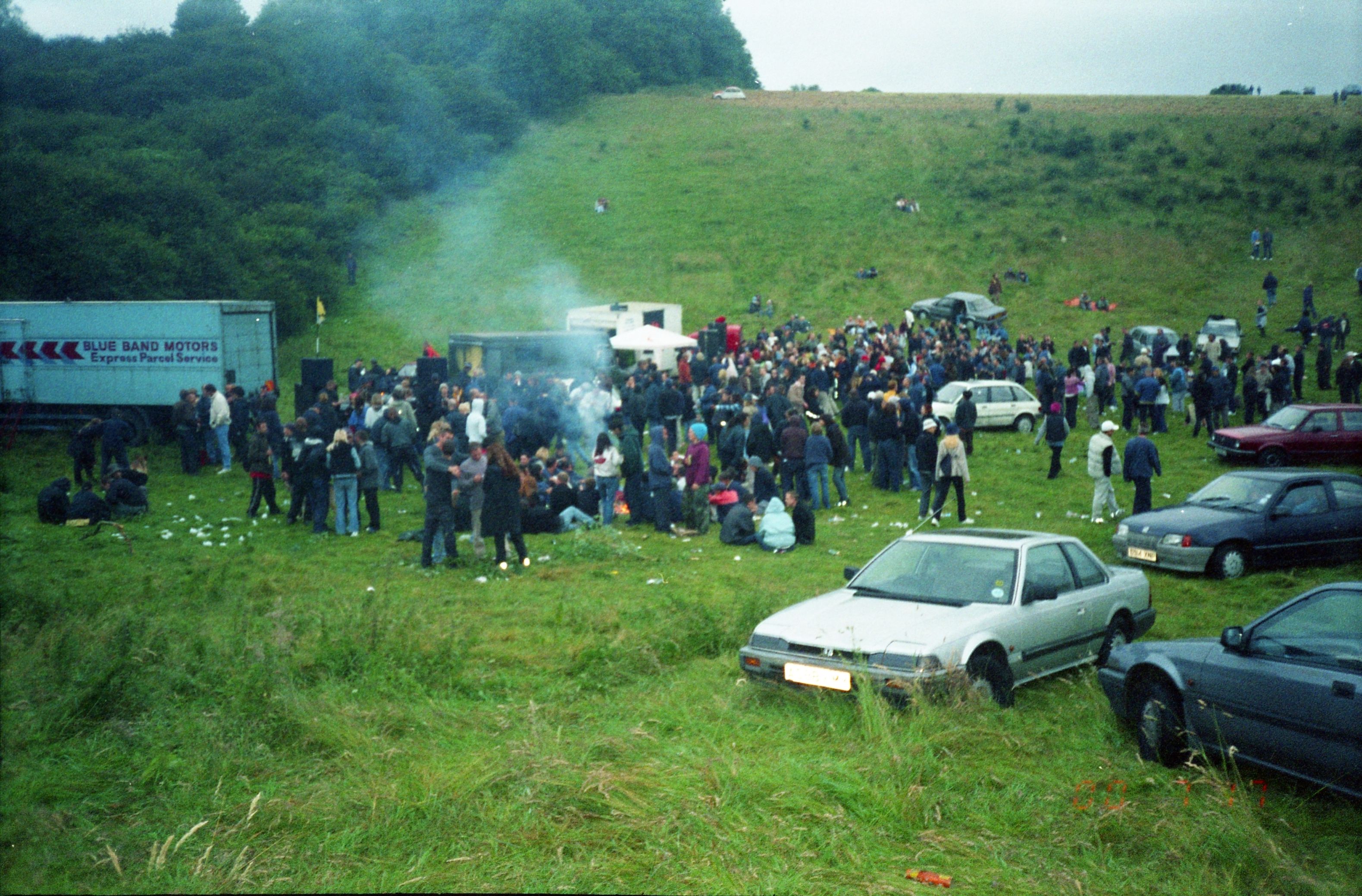
PHILLIP PYLE: Spiralled is now in its third edition. Did you imagine that it would receive the level of attention or recognition that it has?
SEANA GAVIN: No, it was a surprise to me. I suppose it has to do with them not being mass-produced. The publishers, IDEA, tend to do smaller print runs. The first one sold out within a month or two, which came out as we entered our first lockdown. The second one was a year after. After that, I had people regularly contacting me about the book. So, it eventually it seemed like a good idea to release a third one.
For this material in general, I never planned for it to be shown to an audience. When I took those photos, I wanted to capture the moment and remember what was happening around me. I felt like if I didn’t document visually a lot of the memories would have been lost. At the time, I never would have dreamed it would be shown to a wider audience in exhibitions or books.
PP: Nan Goldin once suggested that she felt like she couldn’t lose anyone as long as she photographed them. But the inverse sometimes happens when you look at old photos. You see how much you’ve actually lost in the years that have elapsed. I’m curious if you feel this tension between preservation and loss when looking at these photos?
SG: It definitely brings back mixed emotions. For 15 to 20 years, the material was buried in boxes and old photo albums before I showed it at my solo exhibition “Spiral Baby” in 2019 in Paris. I had pushed that whole stage of my life to the side because of the tragic way that it ended for me—with the loss of a friend. There’s definitely nostalgia attached to it. It’s been a healing process for me to show this material. It brought back good memories combined with bad, anxious ones, and things that I didn’t want to remember. But it also reminded me of that period of time when those people were so important to me. They were like family. Especially when I was traveling across Europe, living in these nomadic communities.
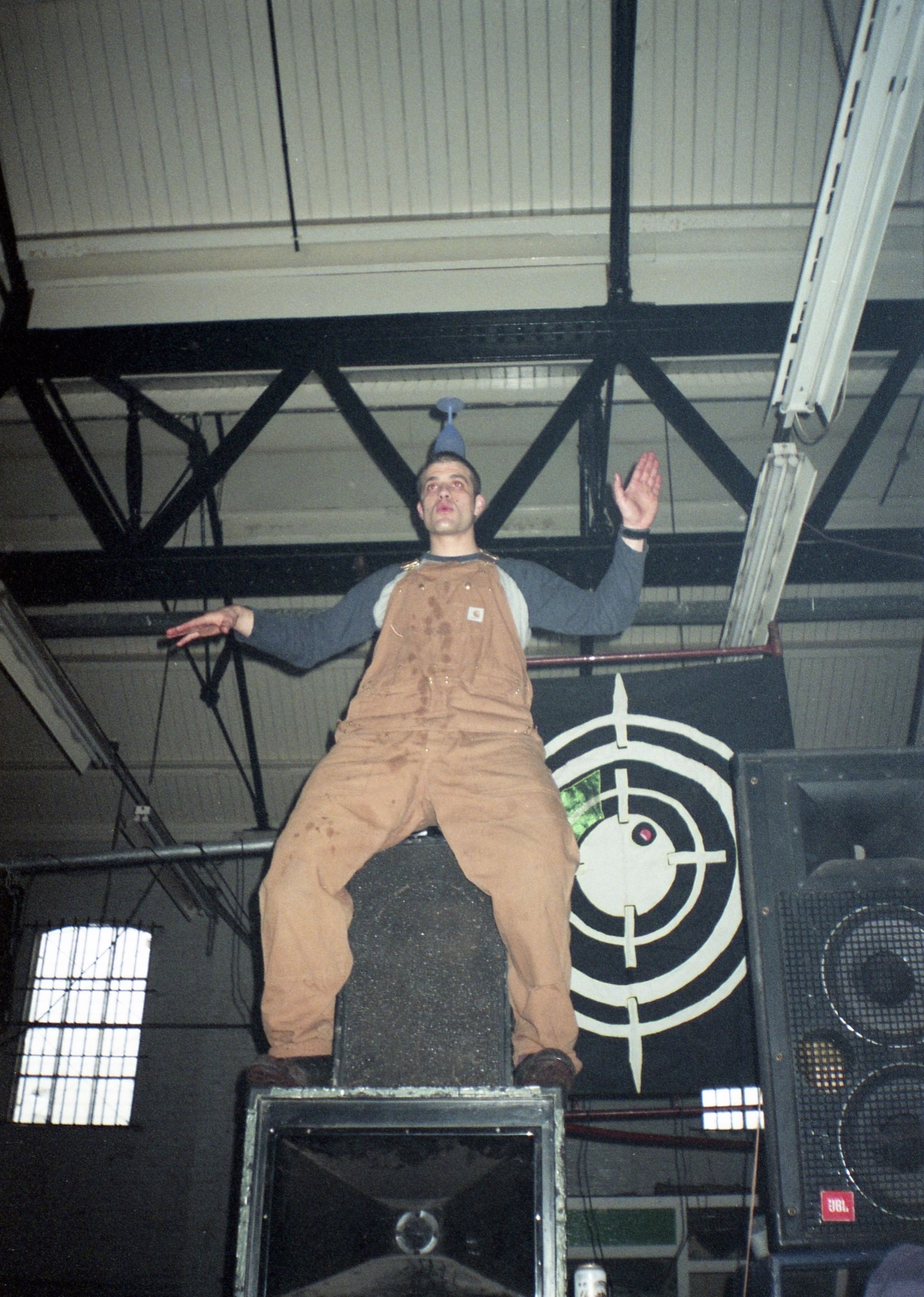
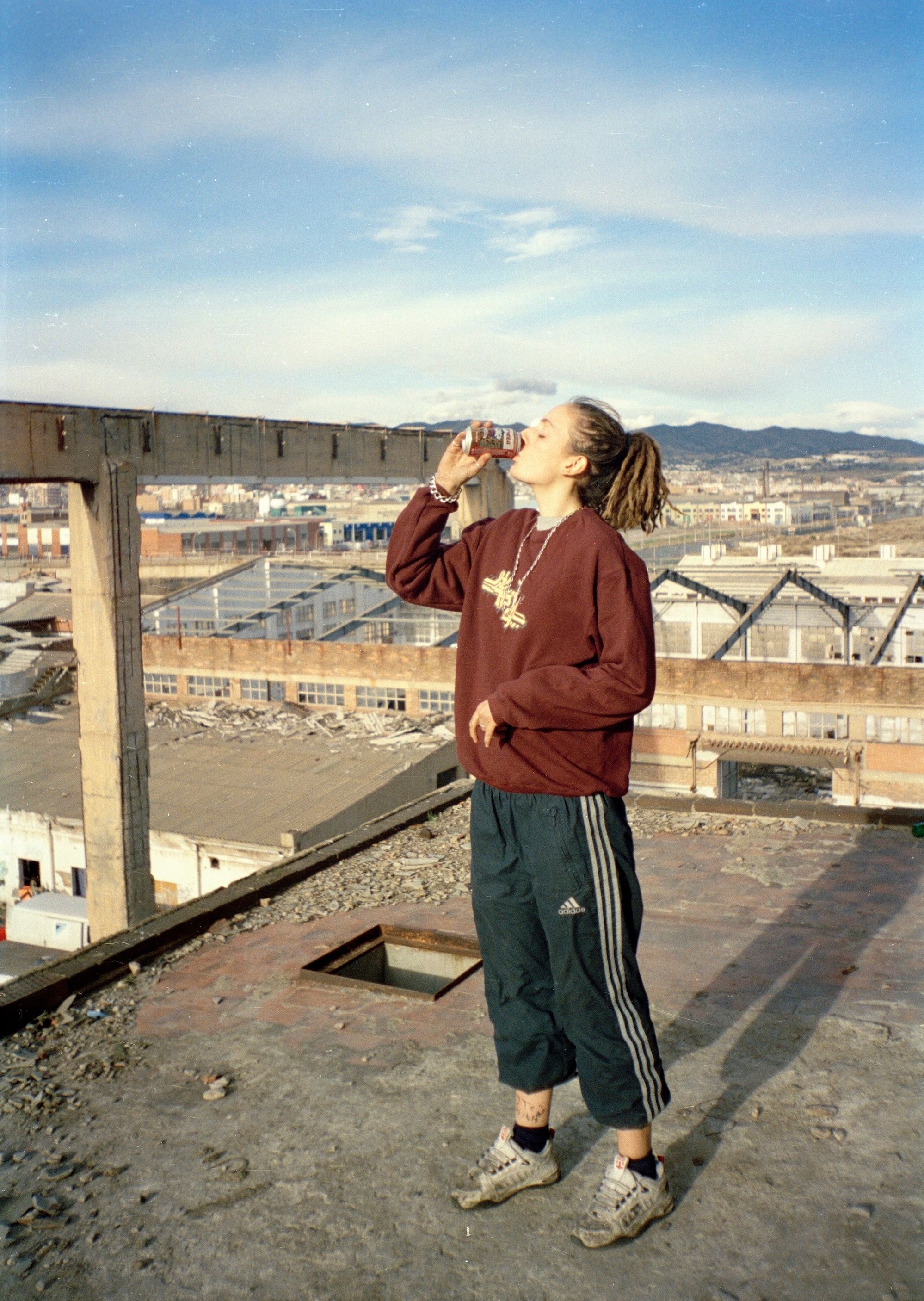
PP: The diary entries were also shown in tandem with the 2019 show?
SG: Yes, I did have the diary entries on display and many are also in Spiralled. In the beginning, I wasn’t 100% sure that I wanted to include them. A diary is personal and exposing, and there are a lot of references to drug taking and things like that. There was a part of me that thought, “Do I want to share this with the world?” But, I’m glad I did, as it paints a clearer picture of what the experience was like. I admit, there was some editing that went on—because I was a teenager when I wrote some of it. But, generally, I have been told that people find them quite entertaining to read, and it adds a different layer to the work.
PP: The exhibition and the book appeared before and during the COVID-19 pandemic. At the time, there were many discussions about how to keep clubs afloat with donations and illegal rave movements took place in many cities. Do you think the work takes on a different meaning in this context?
SG: I think the timing of the book probably made it more appealing because people were more drawn to thinking of a time without social distancing and restrictions. In the UK, there were many news reports about illegal raves happening around the country, which was no surprise. If I was young during that time, I probably wouldn’t have stayed at home either. For mental health, it’s so important at that age to mix with other people, and there was this sense that people were missing out on their youth by having to be locked down. So it made sense that these raves were happening. A lot of clubs and venues still haven’t recovered from the pandemic. As a result, I think there will continue to be an increase in illegal raves and gatherings, as people are taking things into their own hands.
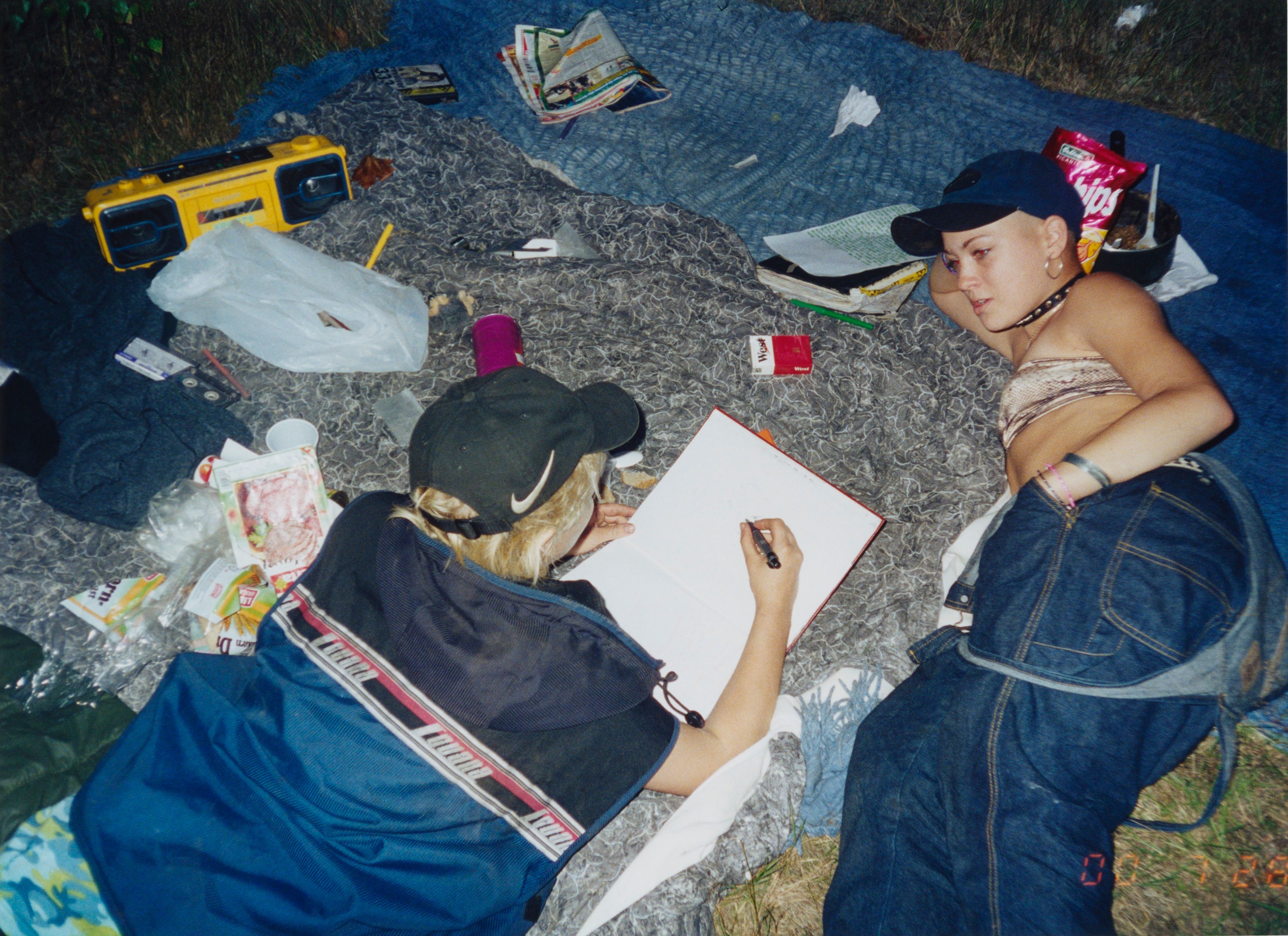
PP: In the years since you left the Spiral Tribe, have you found any other art or music-based communities that hold a similar space for you?
SG: I have not experienced the same sense of community since that era. In the early 2000s, there was an overlap with me going to UK hip-hop nights. The free party scene was becoming less about the music, which was of big importance when I first entered it. Sadly, certain drugs including ketamine took over and had a negative impact. Hip-hop was not drug focused, it was about the music. It was quite a small scene in London, everyone knew everyone, and there were regular clubs that I’d go to. So, there was a feeling of community there. But we weren’t living together. I suppose that’s what made us closer in the European free party scene.
Then slowly, I kind of evolved into the art world. I went to art school, but I wasn’t making any art for a decade after I left. I was working in hospitality and had closed off my creative side. Then I started creating my collage artworks and started to meet more like-minded people that were in the art world. I started to go to private views and art events which have carried on ever since, though I still feel like an outsider in some ways.
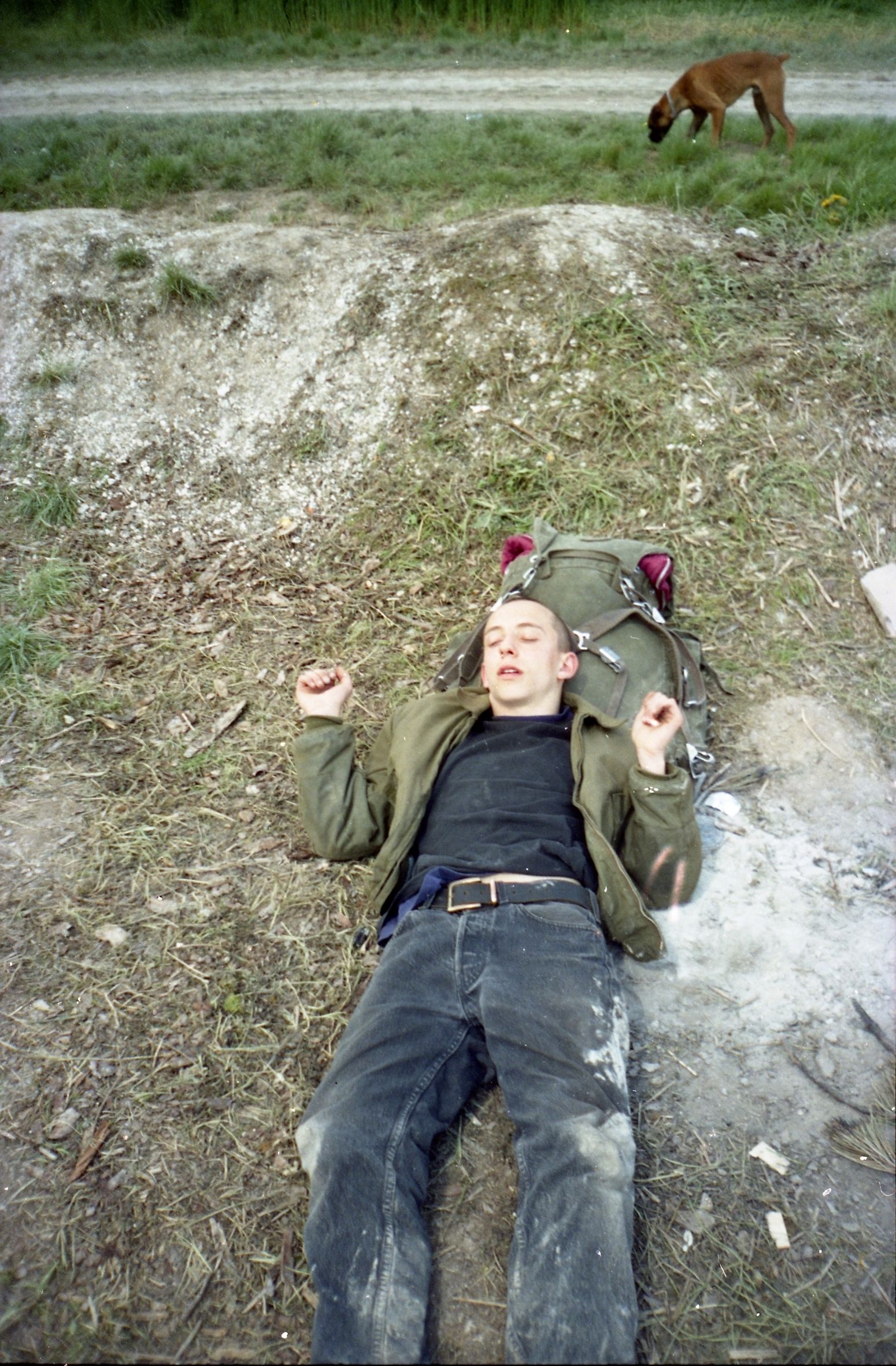
PP: On your artist website, you describe your collage works as having “environments where the past and future coexist.” This reminded me of scholarship about raves where writers frame past rave culture in an almost utopic light. Not because they were perfect, but because they signaled some alternative world. Are there any hints of utopia in your photos?
SG: Some may have a sense of utopia, especially the images showing the party environments and scenes. New Year’s Day light, Rome 2003, which depicts streams of light entering through the ceiling of a warehouse building the morning of a party, has a mystical feeling. But overall I think they have a mood of dystopia combined with the utopic.
PP: There’s often more of an emphasis on the environment and the attendees than the DJs in your photos.
SG: Yes, as that wasn’t my interest. I wasn’t a music nerd. My main focus was capturing my friends, parties, and the journeys in-between. You will notice that a lot of them are in the morning or the daytime, because that’s probably when I was more conscious and lucid. In the full flow of the party during the night, I was probably having too much of a good time to think about pulling out a camera.
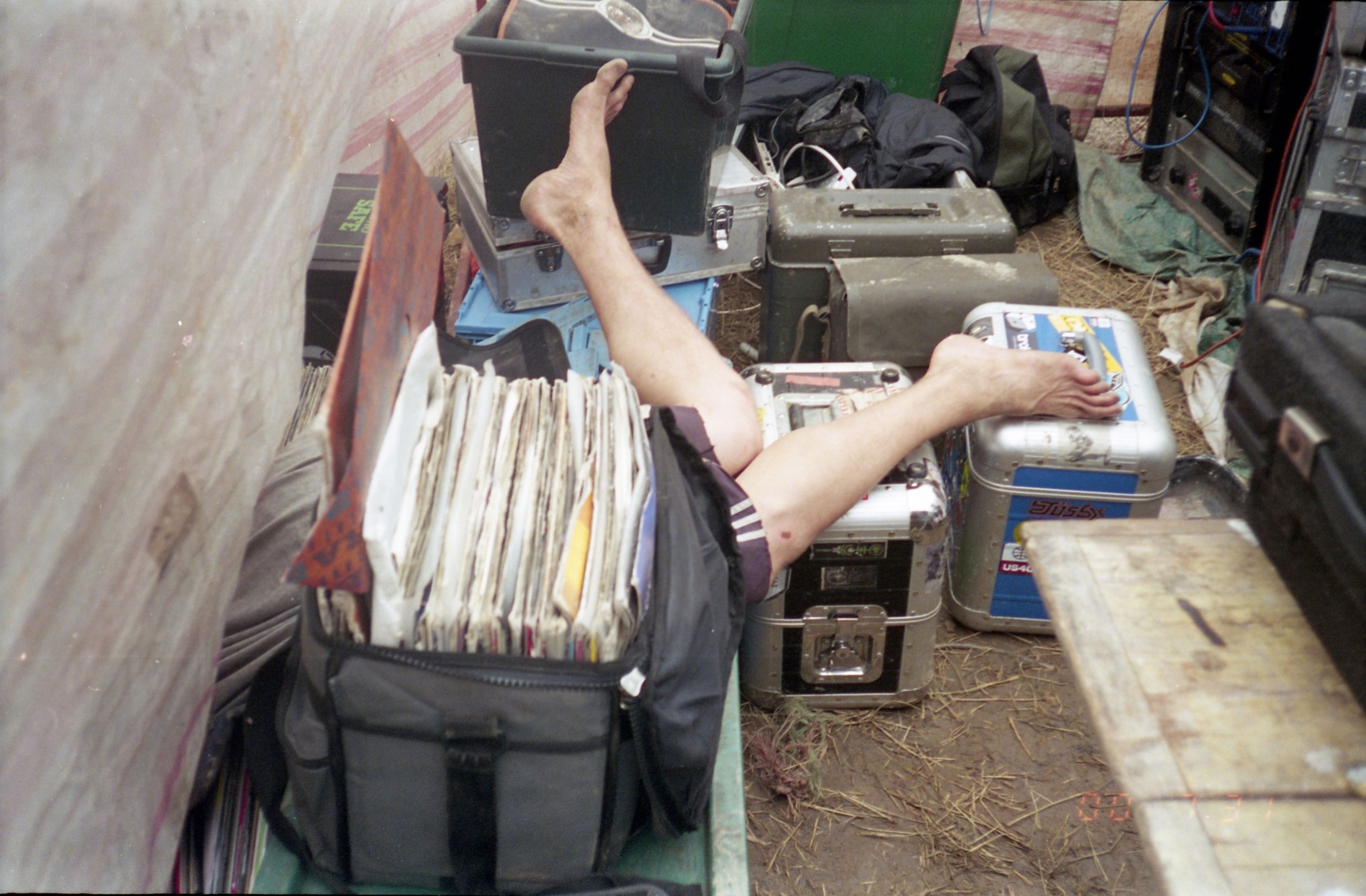
Credits
- Text: PHILLIP PYLE
- Photography: SEANA GAVIN
Related Content

SEANA GAVIN Spiral Baby
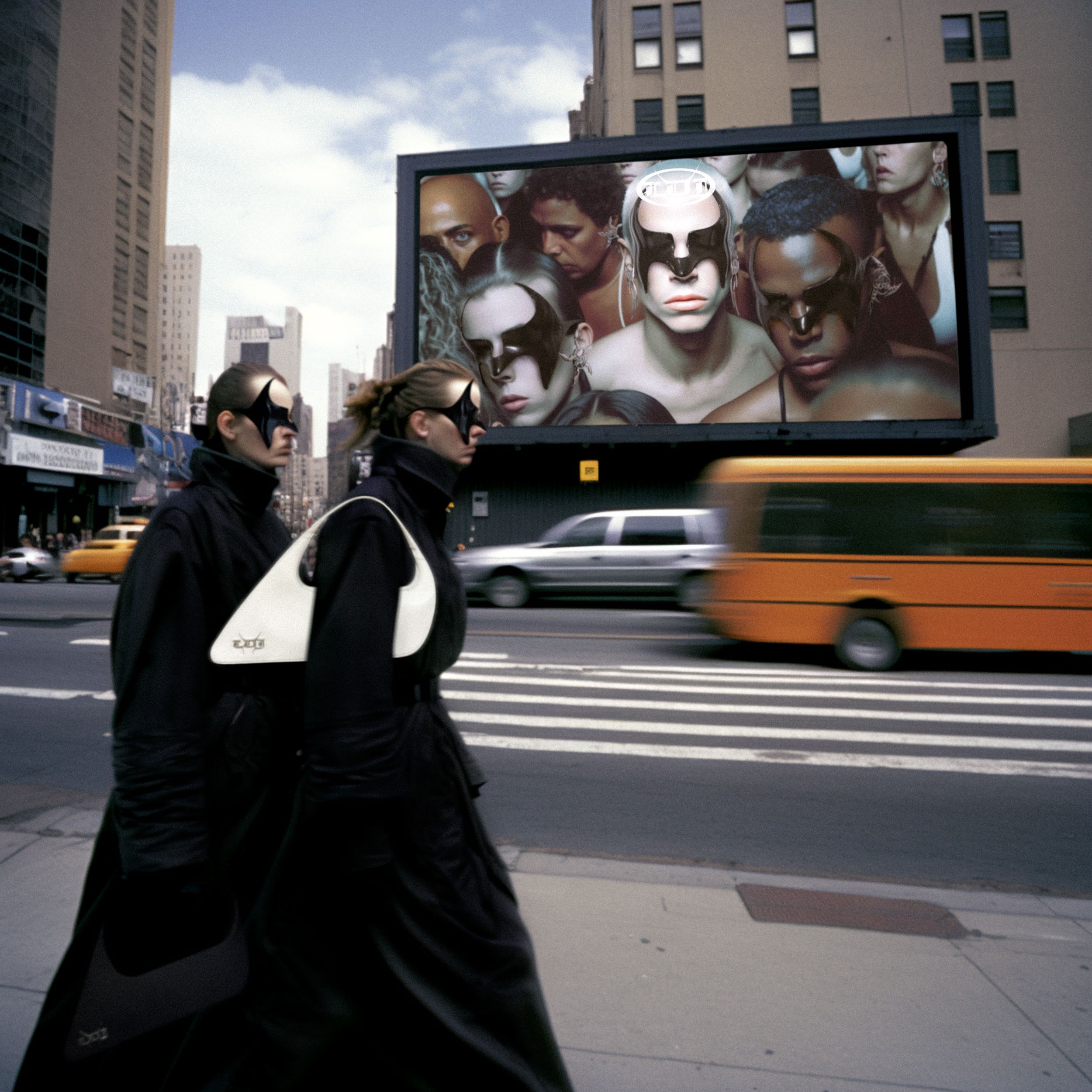
Notes From Underground: LUKE NUGENT’s AI Editorials Fictionalize Subcultures
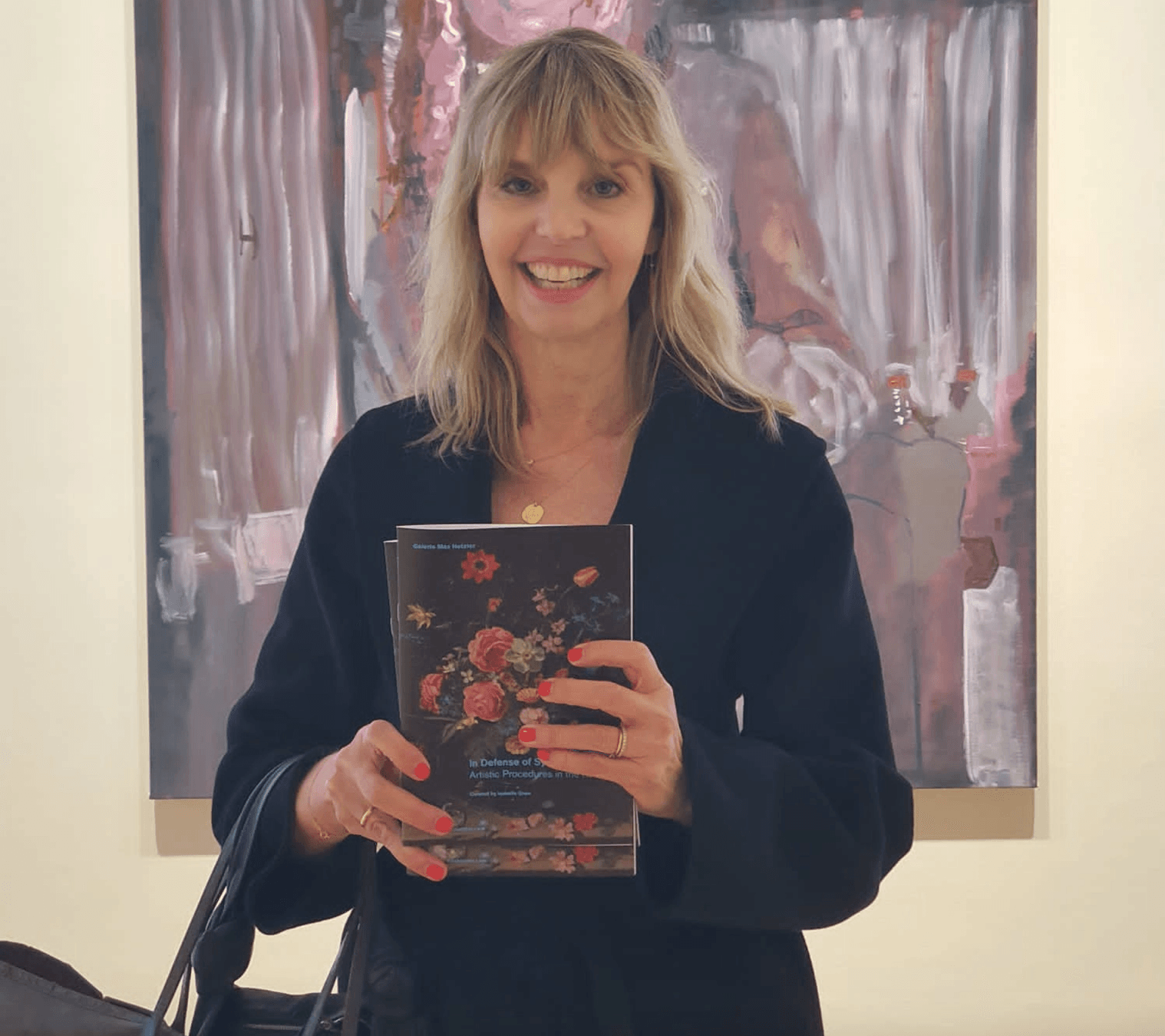
Image Stacks With ISABELLE GRAW
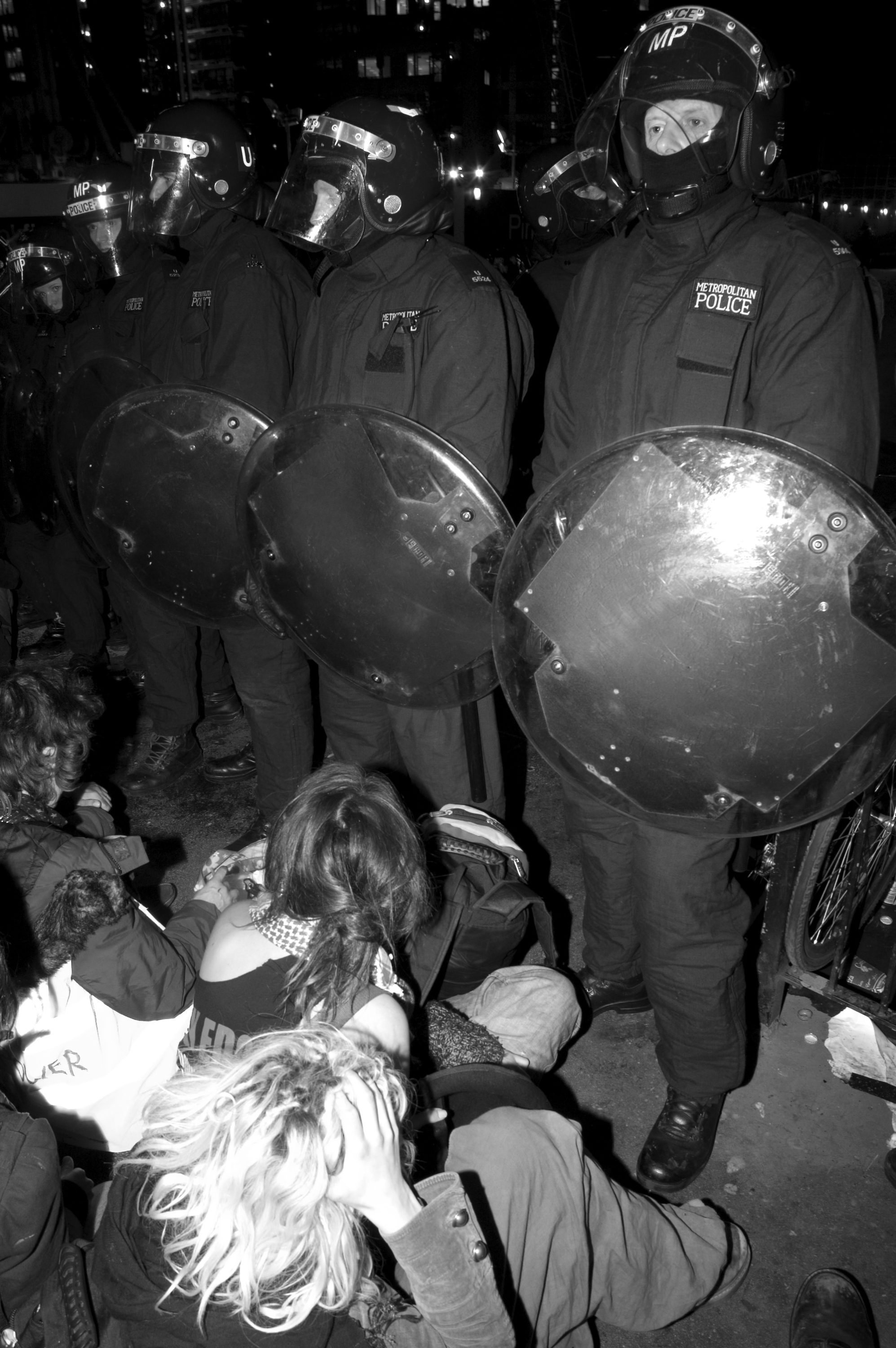
90s Rave and Resistance from GOOD TROUBLE Zine
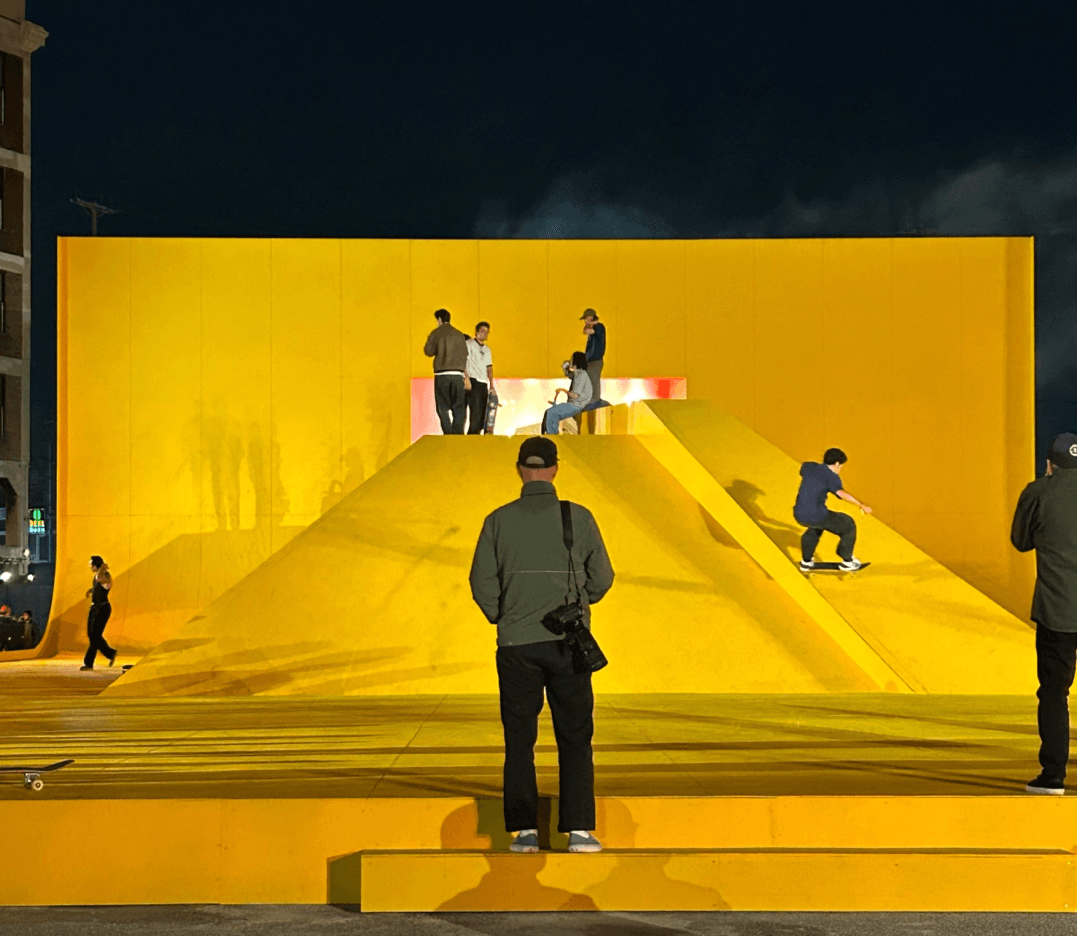
Without Place, Without Time: In LA for Sterling Ruby & OTW by Vans
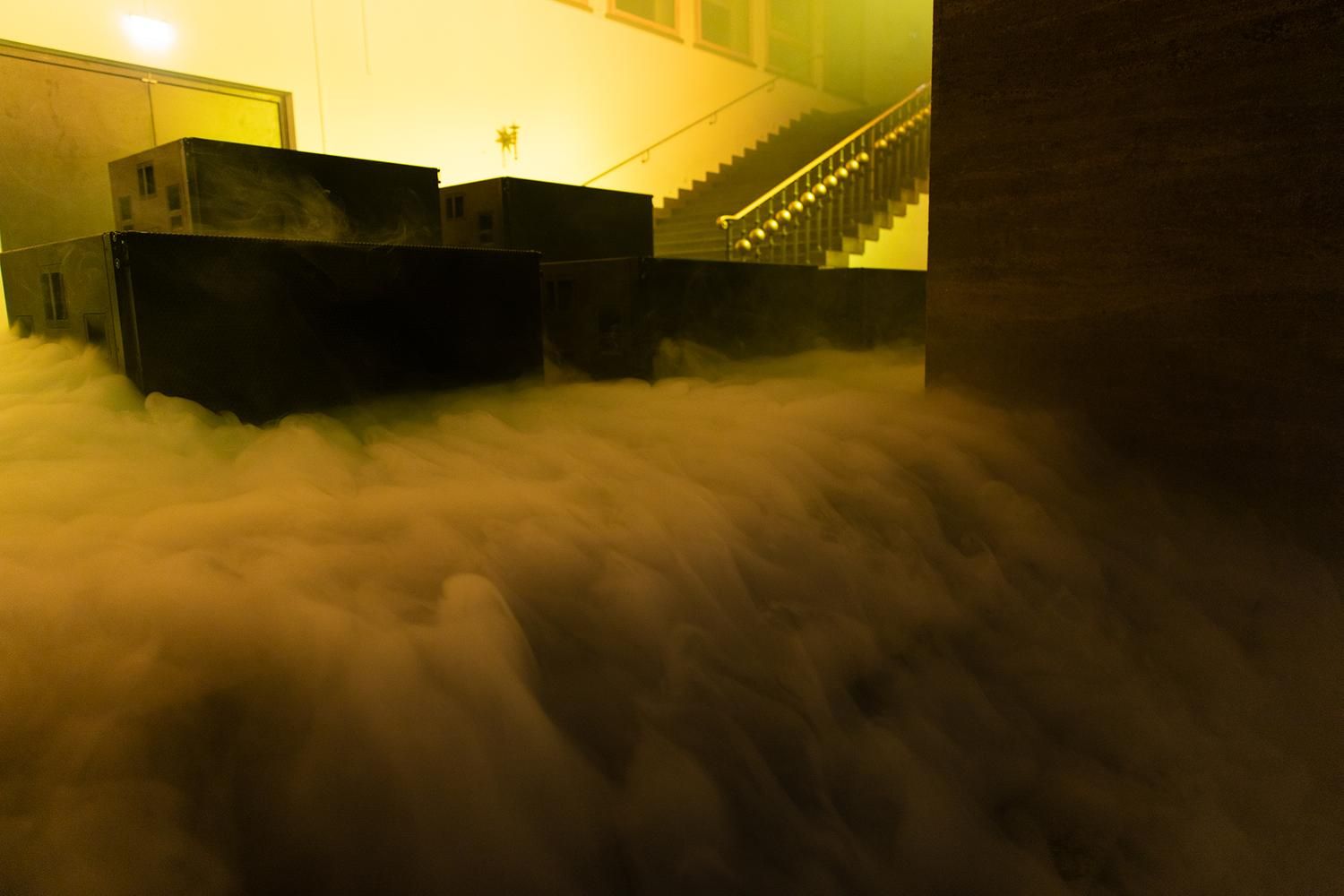
Post-Music: Apocalypse Soundcheck
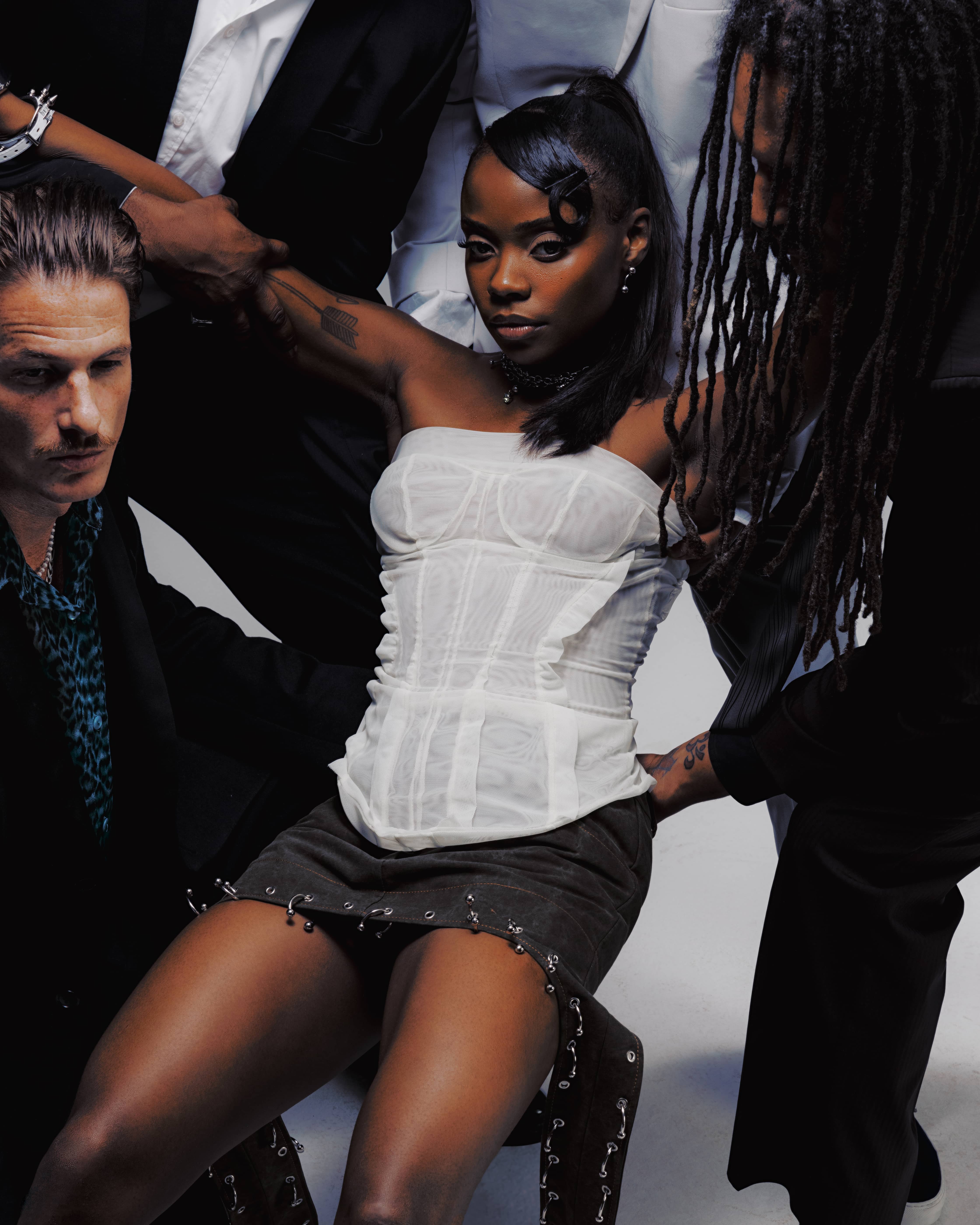
The rave as mosh pit: BAMBII’s INFINITY CLUB
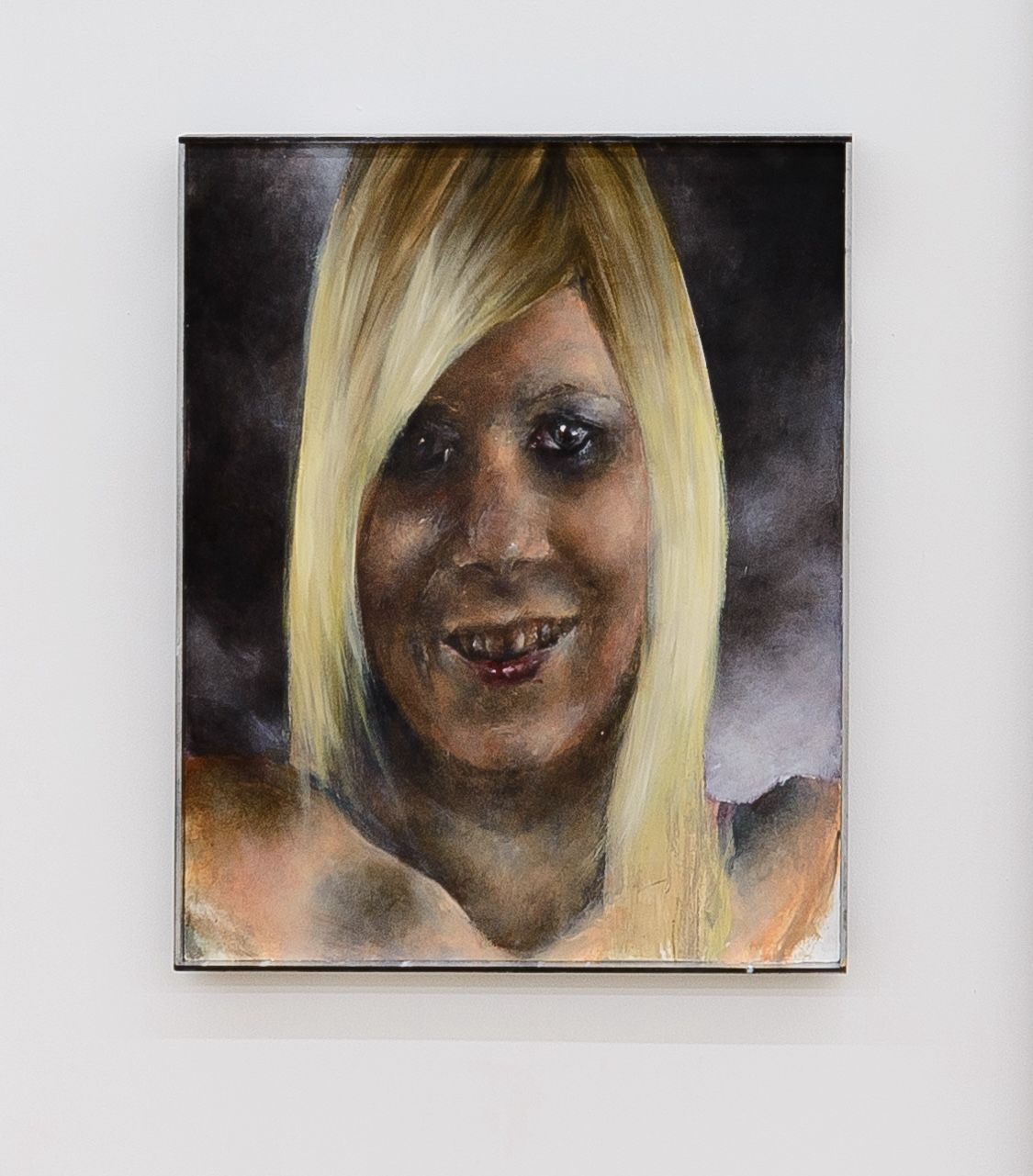
Image Spamming with Paul Hameline